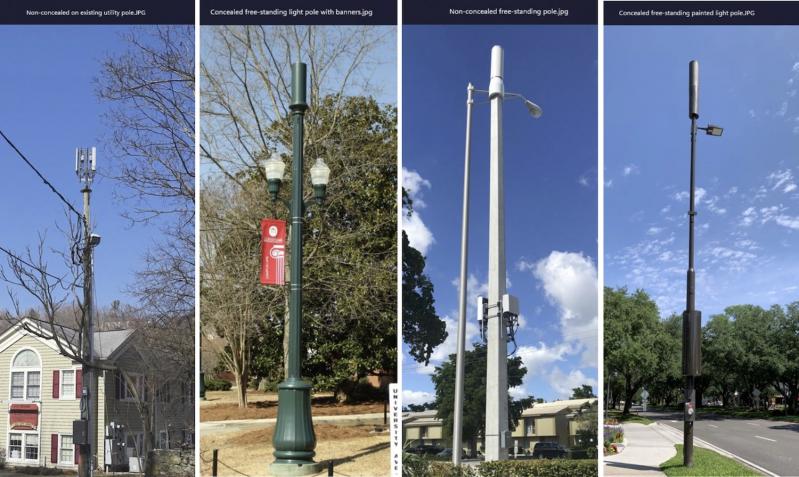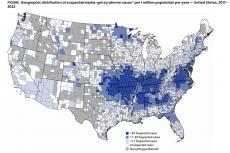Design. It’s everywhere, even on utility poles.
That’s why the East Hampton Town Board approved a resolution Tuesday to pay $14,300 to its wireless consultant CityScape to develop a design guide for “small-cell” wireless facilities within the town’s right of way.
That resolution necessitated another, in part, to exceed the cap on the town’s expenditures to CityScape for 2025 from $13,000 to $53,000.
Tina Vavilis LaGarenne, the town planning director, told the board that when it comes to wireless structures, the town code defines three types: tier-one facilities on existing or new poles along the roadsides in the town’s right of way; tier-two facilities on either private or public property that are located on eligible support structures, like say, a church steeple, and tier-three facilities, which are the tall, familiar cell towers that people love to hate.
She was only in front of the board to discuss the tier-one facilities, with the hope of streamlining their placement in the coming months. In May the town board indicated that hundreds of small-cell facilities would be deployed in the coming months, with hope that over 100 would come online by the end of 2025.
While larger facilities require review by the planning board and public hearings, only the Planning Department sees applications for the small-cell towers.
“The timeline is short, but it also means to get really good quality projects, we need to be very crisp on our design requirements. That underscores the purpose and need for a manual,” said Ms. Vavilis LaGarenne.
The wireless master plan passed by the town in 2024 included a visual preference survey which showed that stealth small-cell towers scored most favorably with town residents, receiving over three-quarters approval.
“Design choices must be made balancing technical considerations and the functionality of the facilities,” she said, noting that poles that concealed their equipment scored highest on resident surveys, and could be painted a variety of colors. “There’s lots of variation even for this small thing.”
Having a design manual would increase the efficiency of the town’s review, letting developers know beforehand what was expected and saving town employees from having to explain and repeat the same guidelines to each new applicant.
With the board’s approval, CityScape will now develop the design manual and bring it back for town board review before it hears public comment.
“Whatever expenditure will be offset by the amount of staff time that will be reduced in trying to verbally talk to each applicant about what is needed,” said Councilwoman Cate Rogers. “It definitely will increase the efficiency and we will have a higher quality output. It just makes it easier for people trying to do things to have a set of guidelines in front of them.”
Councilman Tom Flight was supportive as well, noting only that there should be a sunset of five years on the manual to acknowledge the speed at which the technology is changing.
Proving both the power of his memory but also the slow pace at which government often works, Councilman David Lys recalled discussing small-cell wireless design at a debate eight years ago. He said they looked like a keg on top of a telephone pole.
“I was saying that’s a problem, but we’re seeing more of them without clear aesthetics being placed,” he said. New York State has placed some along the Napeague stretch and Suffolk County has installed small cells on Springs-Fireplace Road. With more to come, he said having a manual is important.
“It’s clear we need more connectivity here,” said Supervisor Kathee Burke-Gonzalez. She remembered life before the towers were placed on the Napeague stretch. “You used to have to get your call in before you hit 40. Now your calls go through the entire length of the stretch.”




